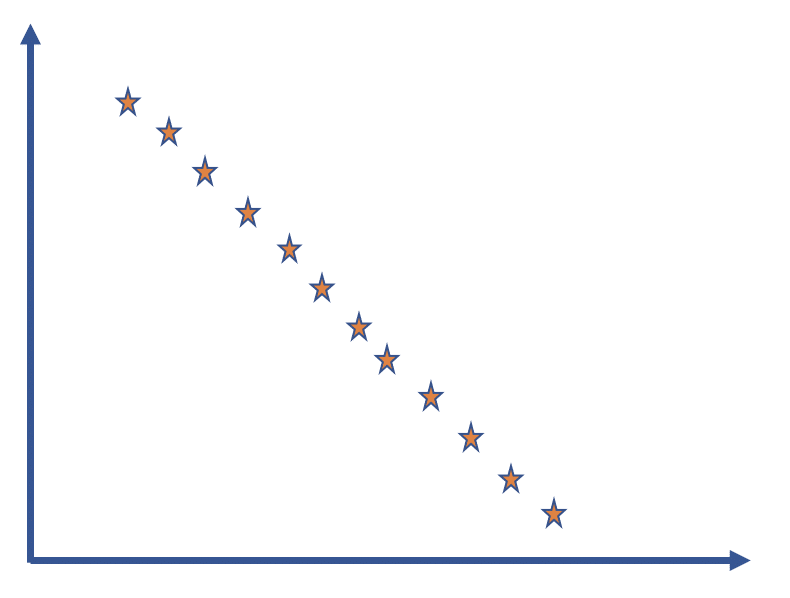The term monotonic relationship is a statistical definition that is used to describe a scenario in which the size of one variable increases as the other variables also increases, or where the size of one variable increases as the other variable also decreases.
The rate at which an increase or decrease occurs does not necessarily have to be the same for both variables. That is to say that a monotonic relationship can be linear relationship such that the rate of increase or decreases of both variables is the same.
A monotonic relationship can also be non-linear with an increase or decrease occurring at different rates between the two variables.
When considering variables in a monotonic relationship, one must consider both independent variables and dependent variables.
For instance, a monotonic inverse relationship is said to occur when the independent variable increasing results in the dependent variable decreasing. This inverse relationship can also be referred to as a negative correlation.
In the scenario in which the independent variable increasing results in the dependent variable also increasing, this is known as a monotonic direct relationship. This direct relationship can also be referred to as a positive correlation.
The examples below are of a non-linear monotonic relationship, a linear monotonic relationship and a scatterplot of data that has a non monotonic relationship.



Test of Monotonic Relationships
In preparation for running a test of the size and direction of a monotonic relationship between two variables, you will first need to present all your raw data in the form of a scatter plot.
This will help give you a visual indication of if a monotonic relationship exists between the variables.
In order to determine how strong of a monotonic relationship exists between the data of two variables and in what direction this relationship is, you need to perform a Spearman Rank-Order Correlation test.
If your scatter plot shows your data to look linear and monotonic, you can perform a Pearson’s Correlation test. The measures of values you obtain from this test will determine the strength of the monotonic relationship.
The values from the Spearman’s test can range from -1 to +1 (negative one to positive one). A value of +1 means that your data has an absolutely perfect increasing monotonic relationship.
A value of -1 means that your data has an absolutely perfect negative monatomic relationship. The closer your value is to 0 (zero), the weaker the monotonic relationship is. A Spearman’s value of exactly 0 means that your data is not monotonic.
Typically the distribution of the strength of the relationship is based on the the value of the spearman correlation coefficient. A Spearman rank correlation is considered as very weak (0 to 0.19), weak (0.2 to 0.39), moderate (0.4 to 0.59), strong (0.6 to 0.79) and very strong (0.8 to 1).
Final comments
In investigating the linear relationship (for example) in a monotonic relationship, you may come across a number of similar sounding statistical descriptors. These will include terms such as Pearson correlation coefficient, linear regression, regression coefficient, monotonic transformation and several other types of function or expression.
Be clear that these will refer to specific points and the different tests here will have a different effect on the data that you analyse in your study.











